The Scoville Scale – Find out how your favorite chile peppers measure up next to each other. From little to big, green to red, they are sure to bring flavor and spice to dishes and sauces across the world.
This post may include affiliate links. As an Amazon Associate I earn from qualifying purchases.
(Cue the Red Hot Chile Peppers music)
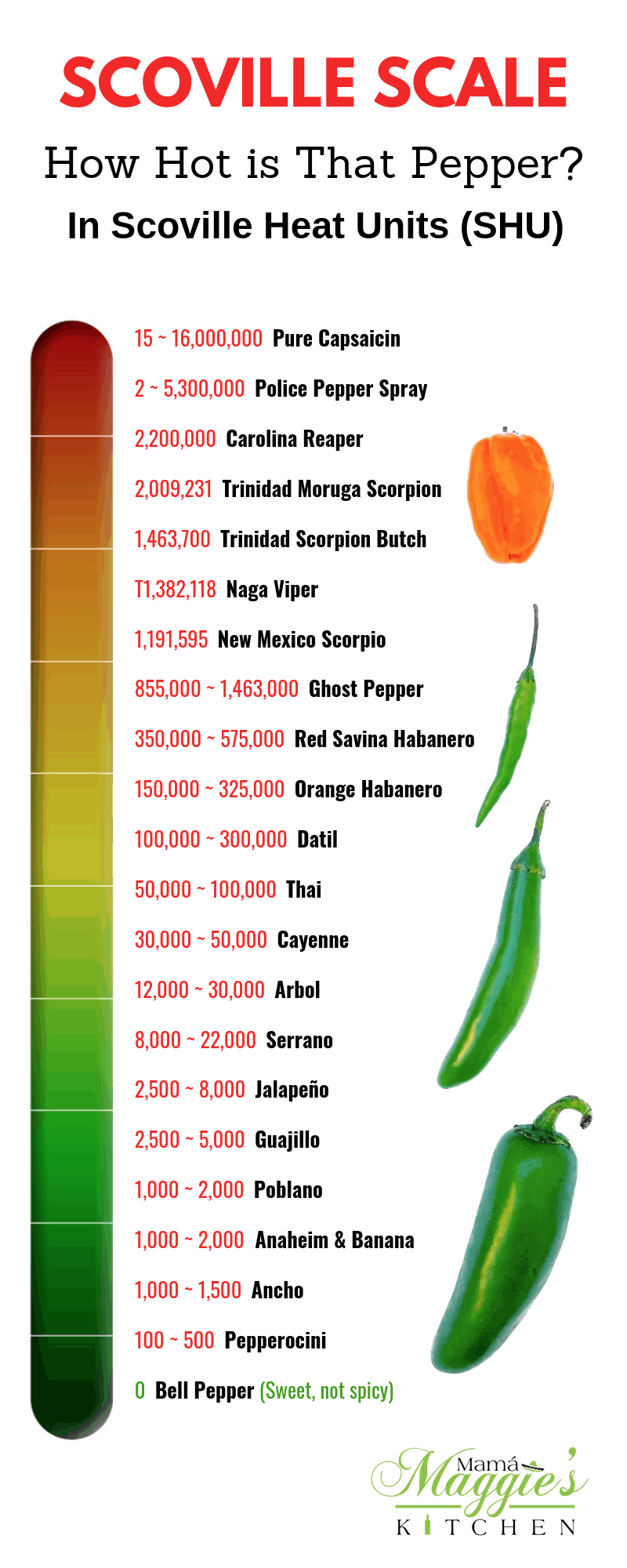
Table of Contents
WHAT IS It?
What is the Scoville Scale? The Scoville Scale is a relative measurement of the pungency of spicy foods and chile peppers. (spiciness or “heat”)
The scale was the brainchild of Wilbur Scoville, a pharmacologist by trade, who created it back in 1912. He devised his scale of measurement in increments known as Scoville Heat Units (SHUs).
All About That Capsaicin
Capsaicin is the naturally occurring element that gives heat to hot sauce and chile peppers. Pure capsaicin is a natural component in spicy peppers and things made from the peppers, such as hot sauce.
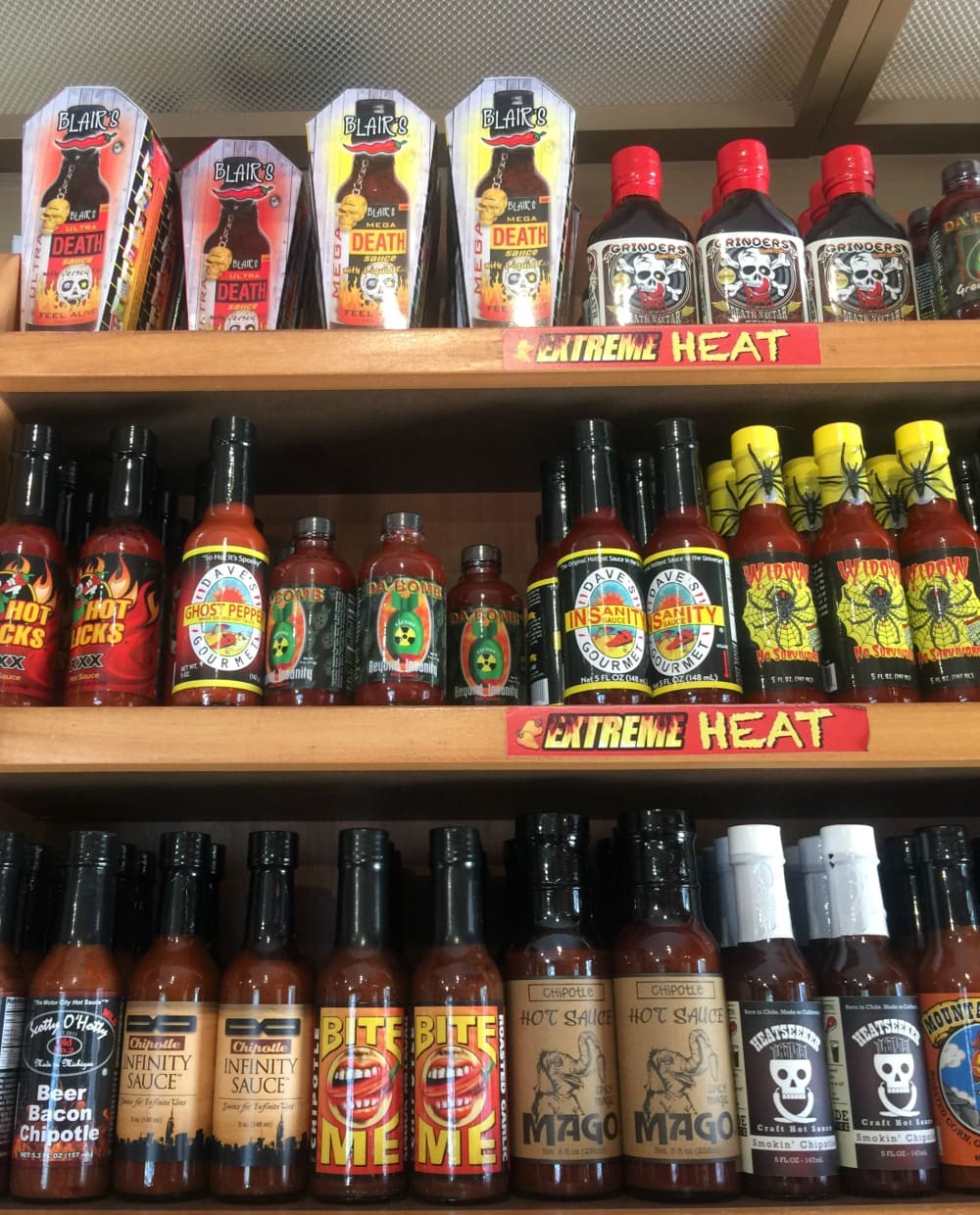
This famous scale has become more sophisticated over time. Wilbur Scoville originally based his scale on the level of dilution of capsaicin.
He created various sugar water solutions using dried peppers and then give them to five very experienced taste testers. Scoville kept diluting the solutions with water until the sensation of heat disappeared for the “human guinea pigs.”
“Burn, baby! Burn!” might be a great expression for a bonfire, but it probably would not have brought comfort to those five people.
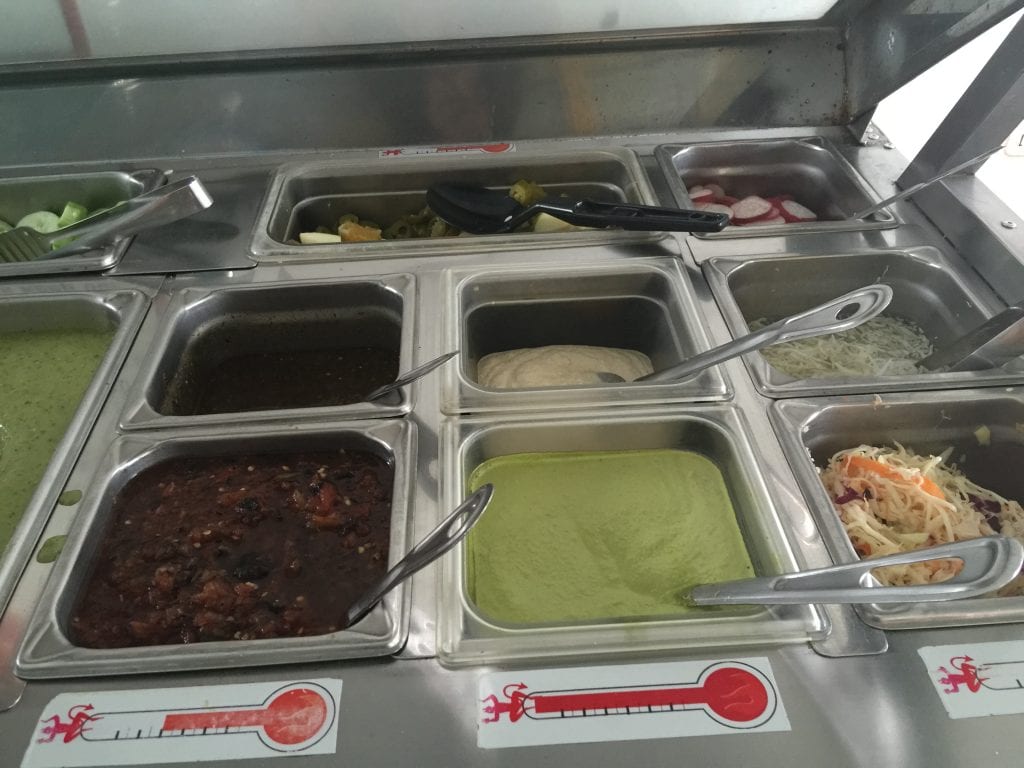
PEPPERS AND UNITS
Pure capsaicin, the substance that gives chile peppers their heat, has a rating of approximately 15 – 16,000,000 SCUs. That is dangerously hot!
Most of the time you’ll find the Scoville Scale represented in chart form. It makes it relatively easier to understand.
Here are just a few of the types of peppers and sauces that are measured in Scoville Scale Units (SCUs):
- Bell peppers – 0 SHU (sweet, not spicy)
- Banana peppers – 0 to 500 SHU
- Anaheim peppers – 500 to 2,500 SHU
- Ancho peppers – 1,000 to 2,000 SHU
- Poblano peppers – also 1,000 to 2,000 SHU
- Espelette Peppers – up to 4,000 SCU (grown in the mountains of France)
- Guajillo Peppers – 2,500 to 5,000 Scoville Heat Units (SHU)
- Jalapeño Peppers – 2,500 to 8,000 SHU
- Serrano Peppers – 10,000 to 23,000 SHU
- Chile de Arbol Peppers – 15,000 to 65,000 SHU
- Cayenne Peppers – 30,000 to 50,000 Scoville Heat Units (SHUs)
- Habanero Peppers – 100,000 to 500,000 SHU (Handle them carefully!!)
- Ghost pepper Scoville units are 800,000 to Over 1 Million SHU
- Brain Strain Peppers – 1 million to 1.5 million SHUs
- Komodo Dragon Peppers – 1.4 million to 2.2 million SHU
- Carolina Reaper Chilli Peppers – 2.2+ million Scoville Heat Units (SHU)
As you proceed from the bottom of the chart up to the top, the chile peppers get hotter and hotter with the greatest intensity at the top.
WHAT PEPPERS ARE MOST OFTEN USED IN MEXICAN RECIPES?
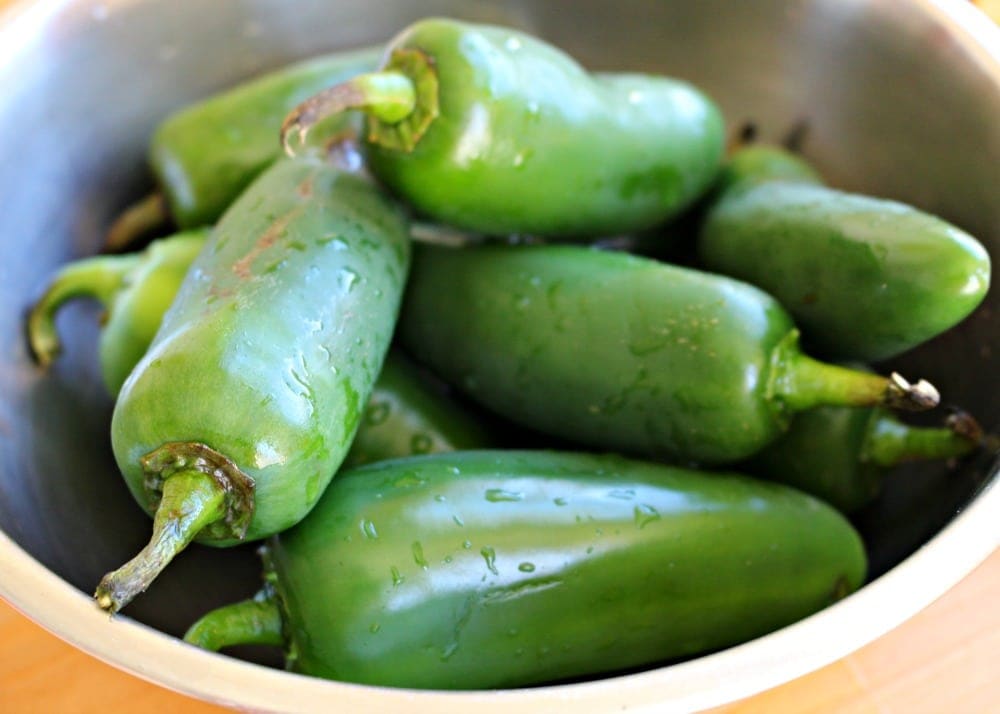
- Jalapeños are commonly used in Mexican cuisine. If you remove the seeds, you’ll turn down the heat of this pepper. You can balance the spiciness of the jalapeño by using crema Mexicana, sour cream, or cheese.
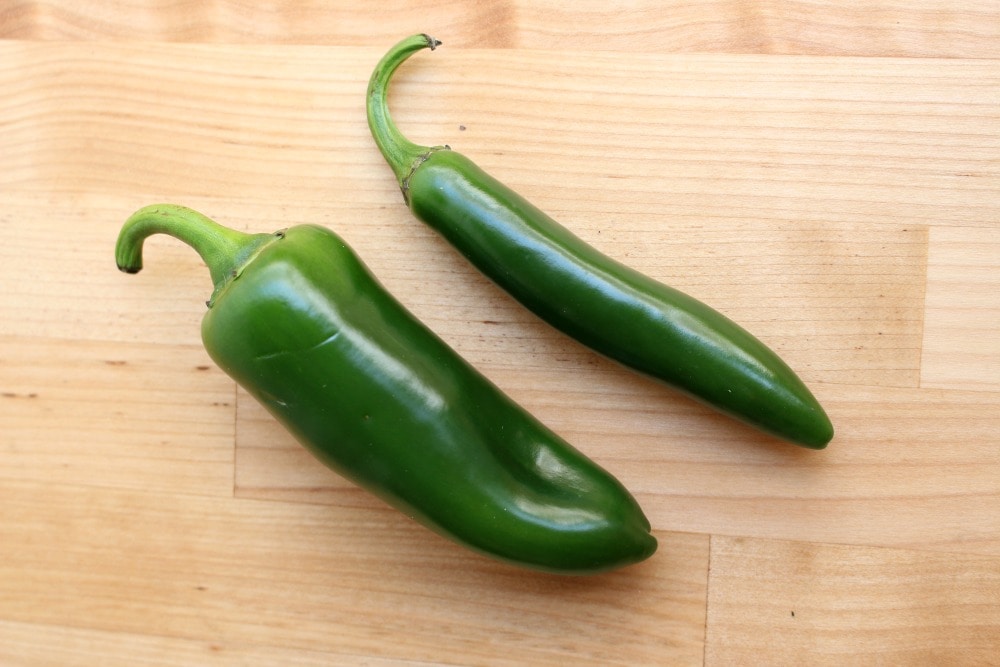
- Serrano Peppers are a step up in spiciness to jalapeños. Serrano peppers, however, do lose some of their heat as they cook. The peppers give any recipe a special kick.
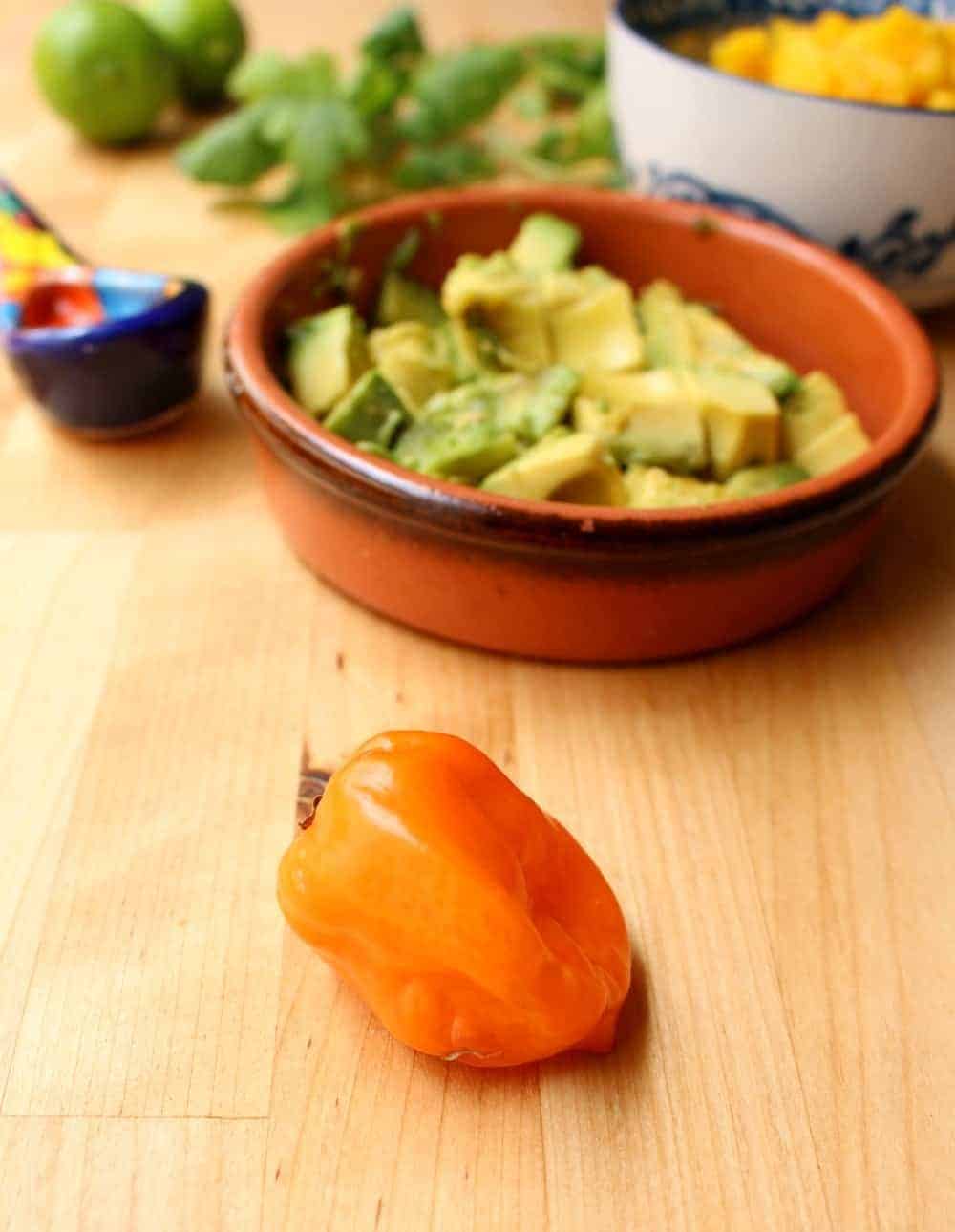
- Habanero peppers, as you can see from the list above, are higher on the spicy scale of Dr. Scoville. This, of course, means that you need protection (no, not that kind!) like wearing gloves when you work with them.
Many people have made the mistake of rubbing their face or eyes and you really don’t want to “feel the burn.” Remember: a little bit of habanero goes a long way.
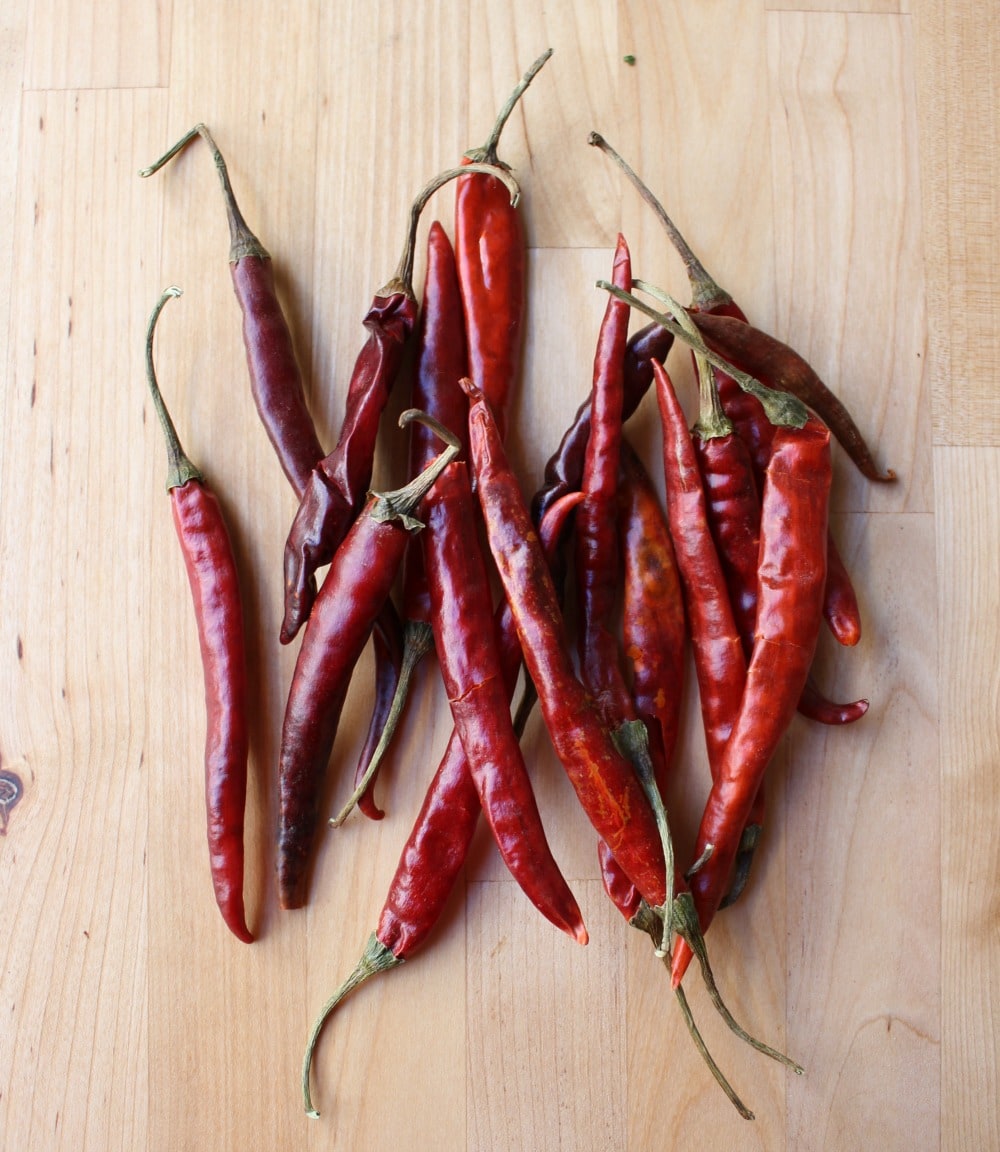
- Chile de Arbol Peppers are not nearly as spicy as habaneros but they do happen to be hotter than serranos. They’re featured in many tasty sauces and salsas to boost the heat as in this Chile de Arbol Salsa
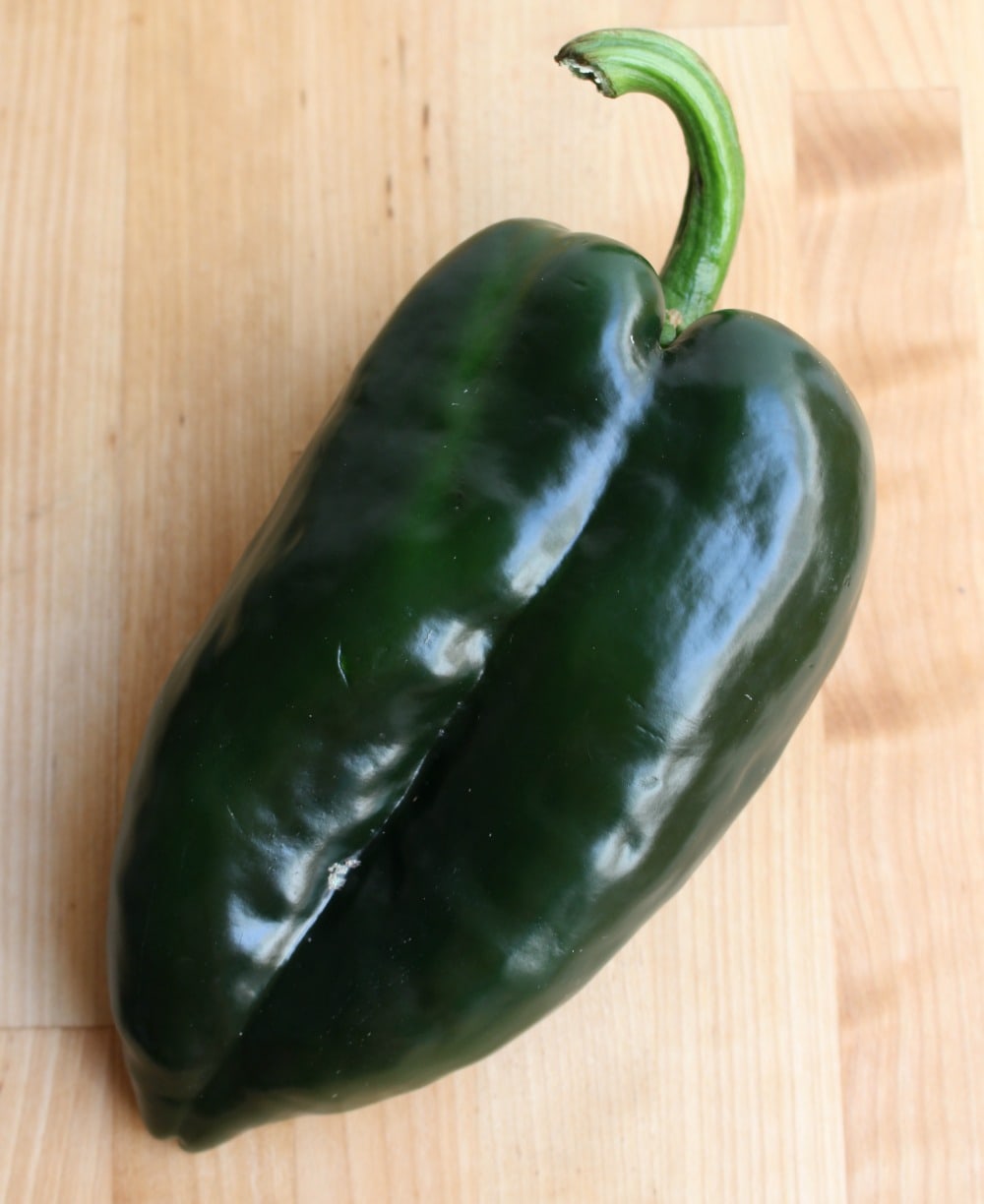
- A poblano pepper is called ancho chile when dried. This is a medium pepper. These don’t give that prolonged burn so it’s easy to eat them for a meal.
- Some recipes using poblanos: Rajas con Crema, Espagueti Verde, Chicken Poblano, Chiles en Nogada
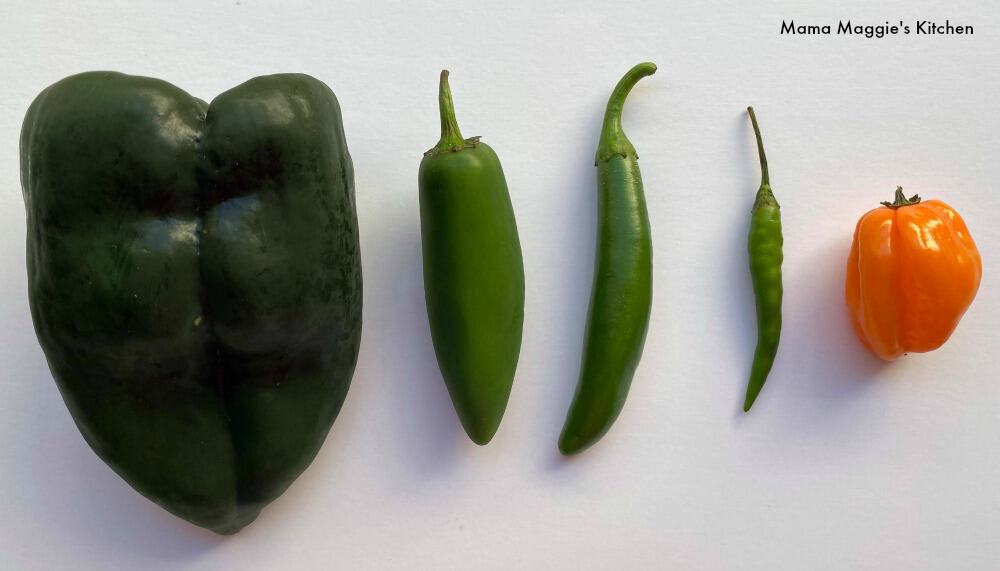
WHICH ARE THE HOTTEST PEPPERS IN THE WORLD?
The Carolina Reaper holds the Guinness record for the hottest pepper in the world. As you can see in the previous list, this small red pepper with its stinger tail round out the top of the Scoville Scale, at 2.2 million SHU.
Ghost peppers were once the hottest peppers in the world but over the past 20 years, hotter and hotter varieties of peppers have been developed. This has resulted the ghost pepper falling to number 5 on the Scoville Scale.
In the latest adventures of “Botanists Gone Wild,” several new hybrids have laid claim to the title of “Hottest Chile Pepper in the World.” While there is no trophy or championship, growers continue to push the limits of the Scoville Scale.
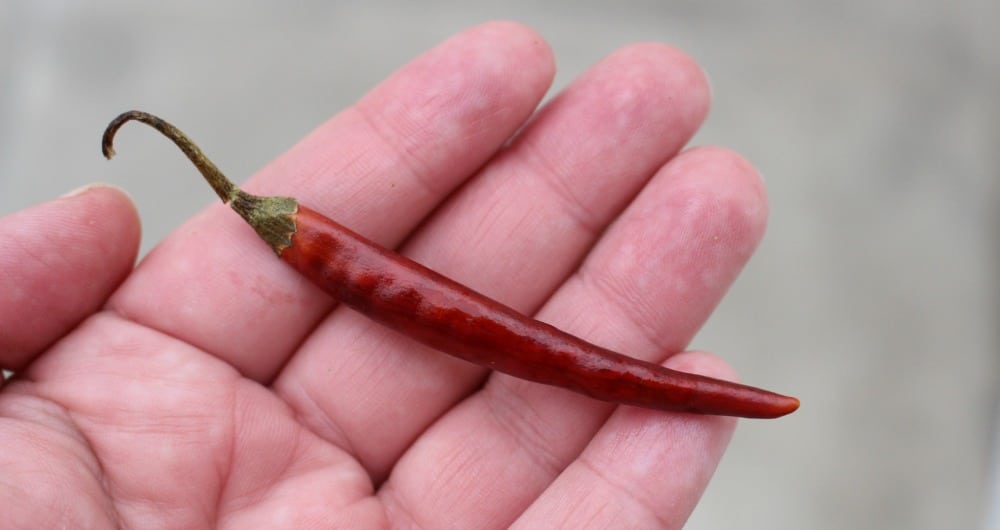
If you’re ever in doubt about how much heat to put out, remember to come right back here to determine the relative spiciness of your favorite chiles. The Scoville Scale will never fail. (However, individual peppers may vary.)
Hungry for More?
Be sure to subscribe to my newsletter and follow along on Facebook, Instagram, Pinterest, Twitter, YouTube for my latest recipes and videos.

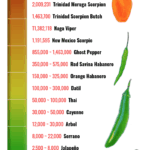

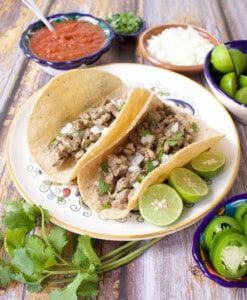

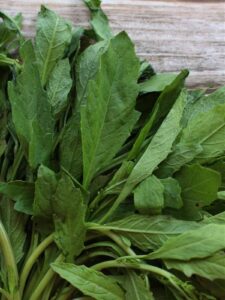
Leave a Reply